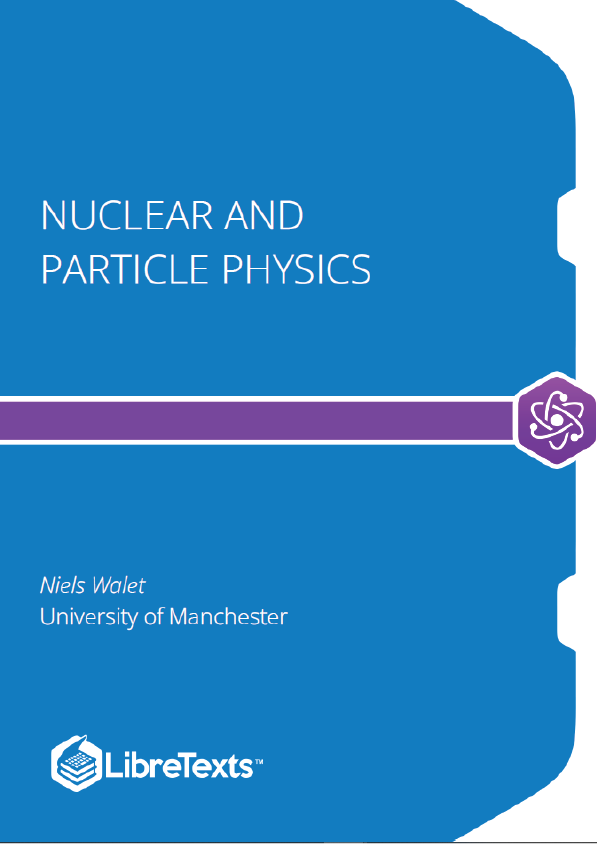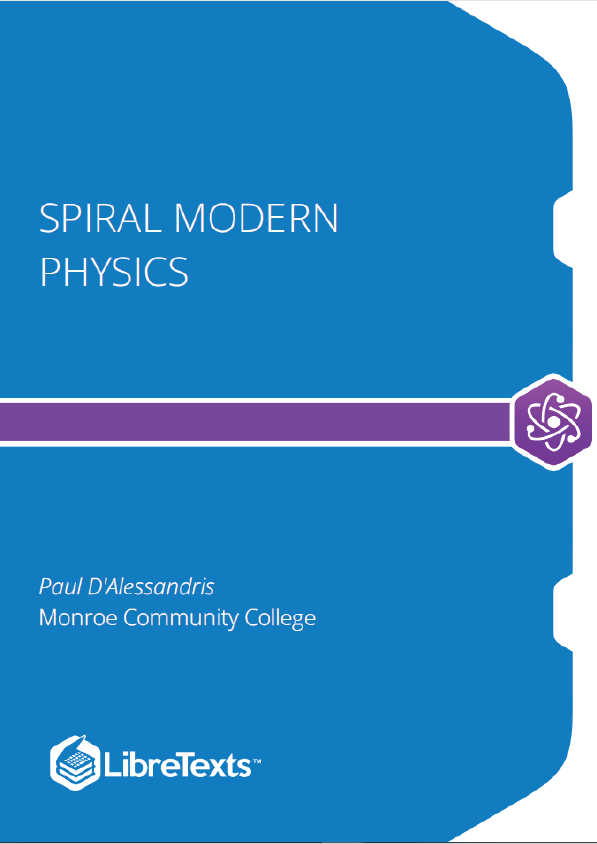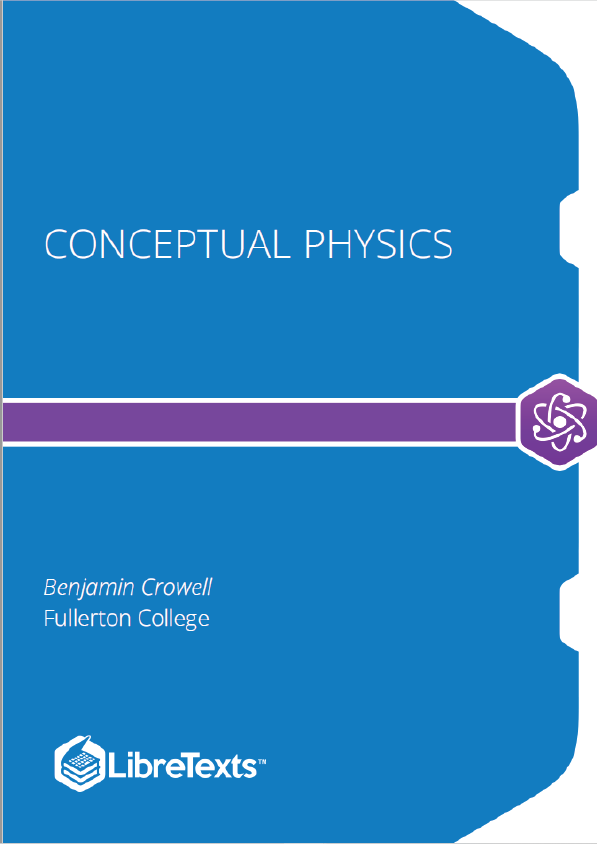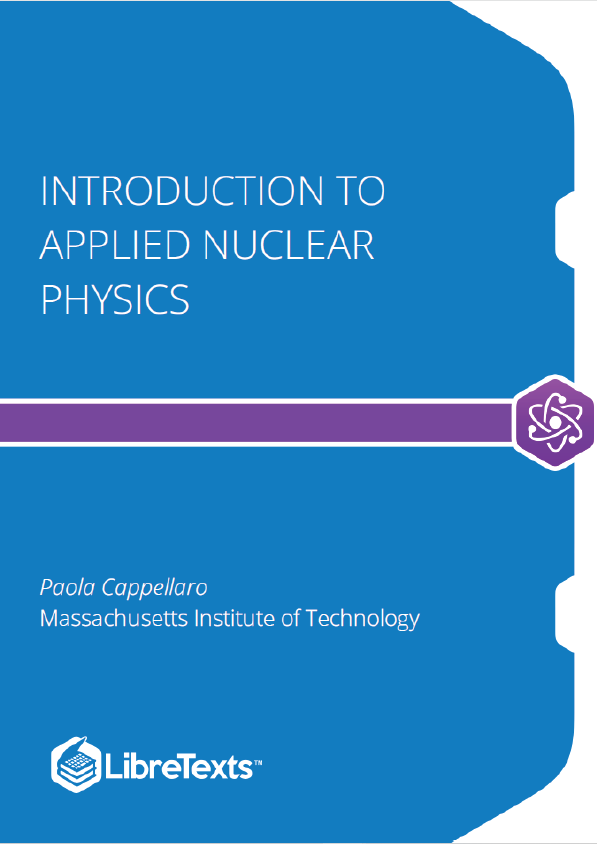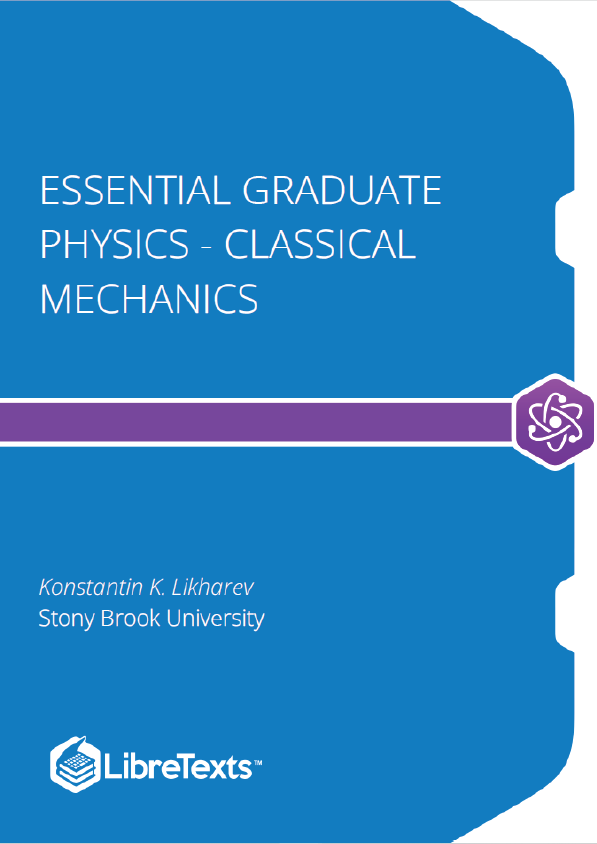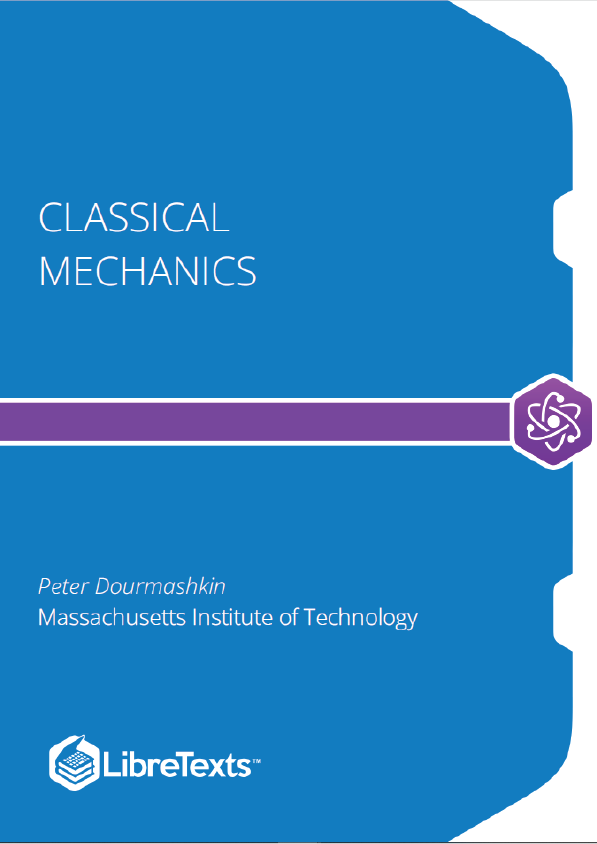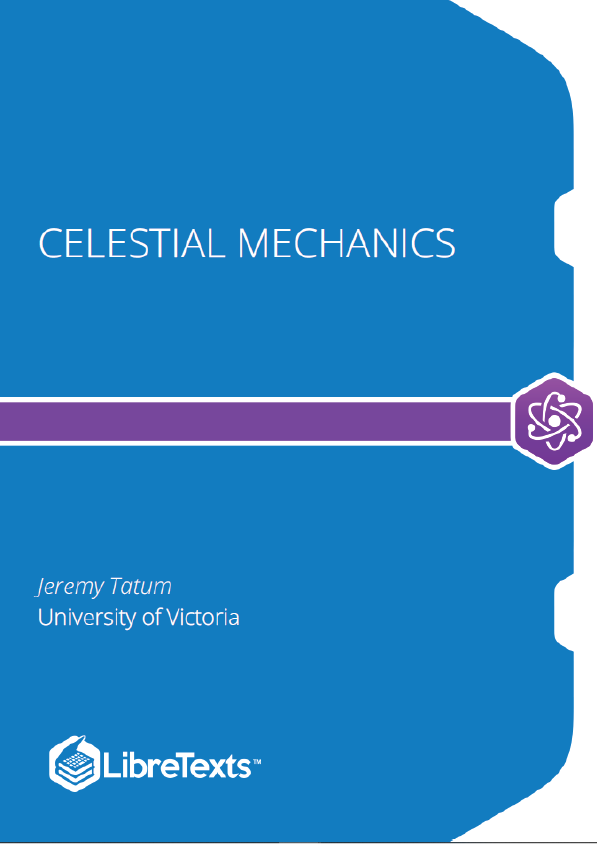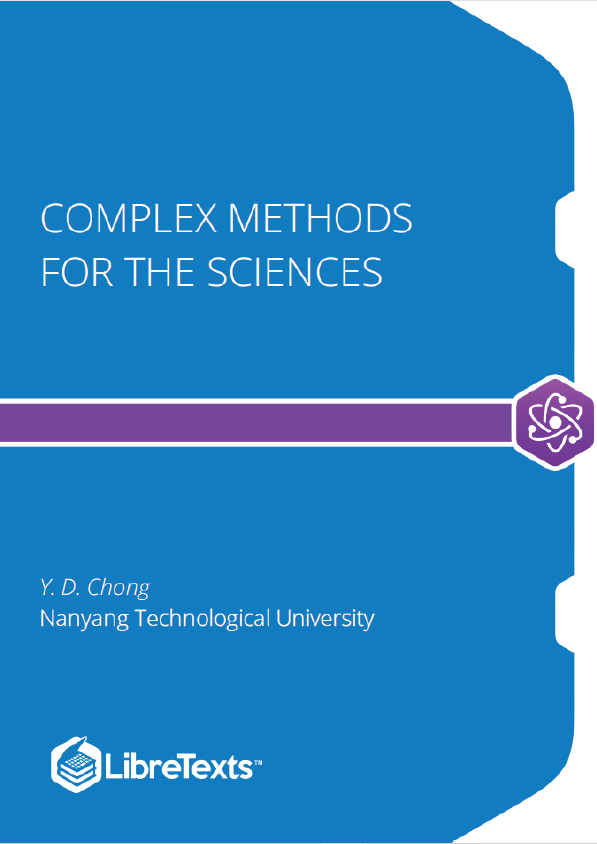Particle physics (also high energy physics) is the branch of physics that studies the nature of the particles that constitute matter and radiation. Although the word “particle” can refer to various types of very small objects (e.g. protons, gas particles, or even household dust), “particle physics” usually investigates the irreducibly smallest detectable particles and the fundamental interactions necessary to explain their behavior. By our current understanding, these elementary particles are excitations of the quantum fields that also govern their interactions. This text discusses nuclear and particle physics on a somewhat phenomenological level. The mathematical sophistication shall be rather limited, with an emphasis on the physics and on symmetry aspects.
Earliest Stages
The early part of the 20th century saw the development of quantum theory and nuclear physics, of which particle physics detached itself around 1950. By the late 1920’s one knew about the existence of the atomic nucleus, the electron and the proton. I shall start this history in 1927, the year in which the new quantum theory was introduced. In that year decay was discovered as well: Some elements emit electrons with a continuous spectrum of energy. Energy conservation doesn’t allow for this possibility (nuclear levels are discrete!). This led to the realisation, in 1929, by Wolfgang Pauli that one needs an additional particle to carry away the remaining energy and momentum. This was called a neutrino (small neutron) by Fermi, who also developed the first theoretical model of the process in 1933 for the decay of the neutron which had been discovered in 1931.
In 1928 Paul Dirac combined quantum mechanics and relativity in an equation for the electron. This equation had some more solutions than required, which were not well understood. Only in 1931 Dirac realised that these solutions are physical: they describe the positron, a positively charged electron, which is the antiparticle of the electron. This particle was discovered in the same year, and I would say that particle physics starts there.
Fission and Fusion
Fission of radioactive elements was already well established in the early part of the century, and activation by neutrons, to generate more unstable isotopes, was investigated before fission of natural isotopes was seen. The inverse process, fusion, was understood somewhat later, and Niels Bohr developed a model describing the nucleus as a fluid drop. This model – the collective model – was further developed by his son Aage Bohr and Ben Mottelson. A very different model of the nucleus, the shell model, was designed by Maria Goeppert-Mayer and Hans Jensen in 1952, concentrating on individual nucleons. The dichotomy between a description as individual particles and as a collective whole characterises much of “low-energy” nuclear physics.
